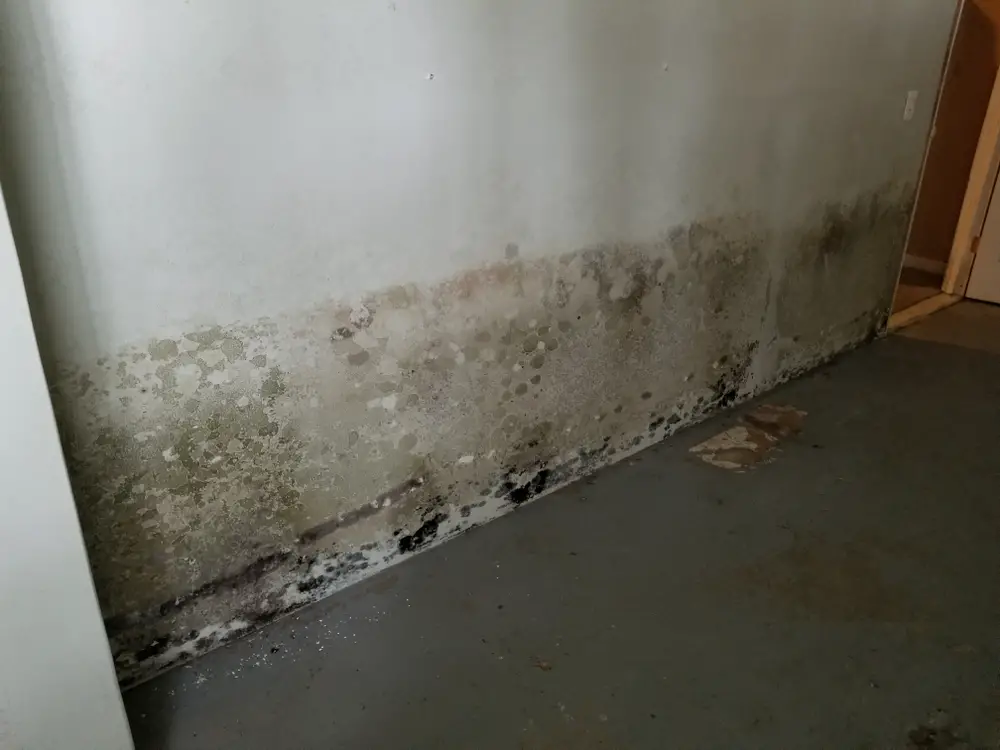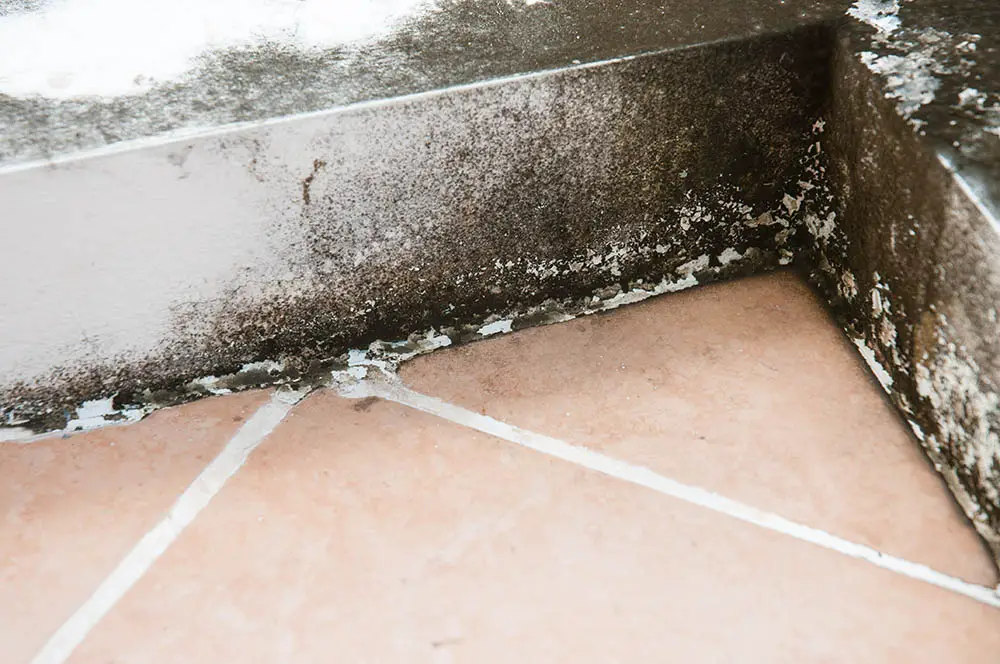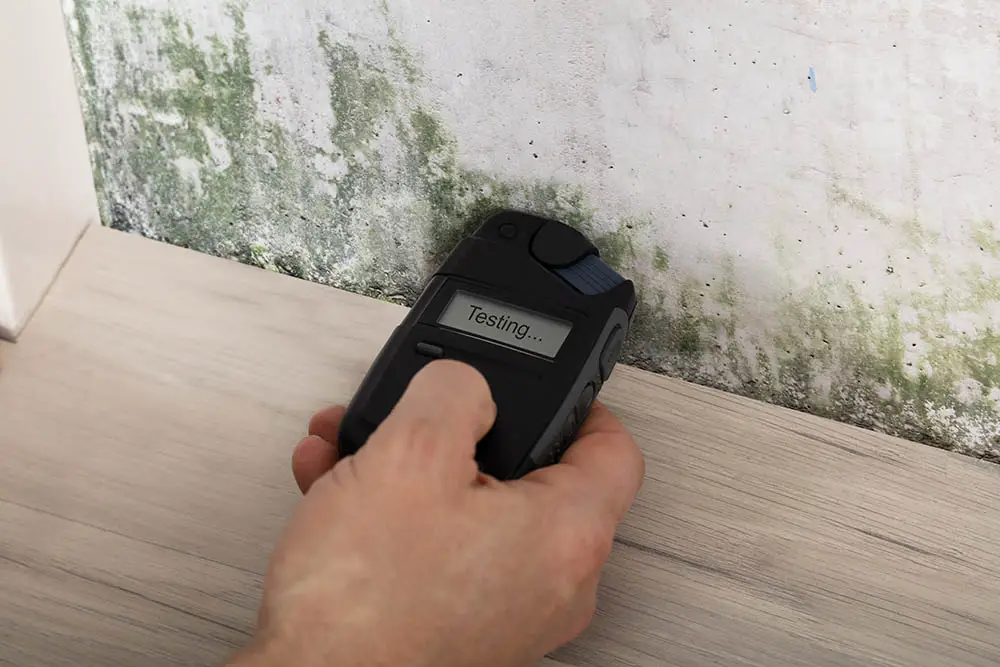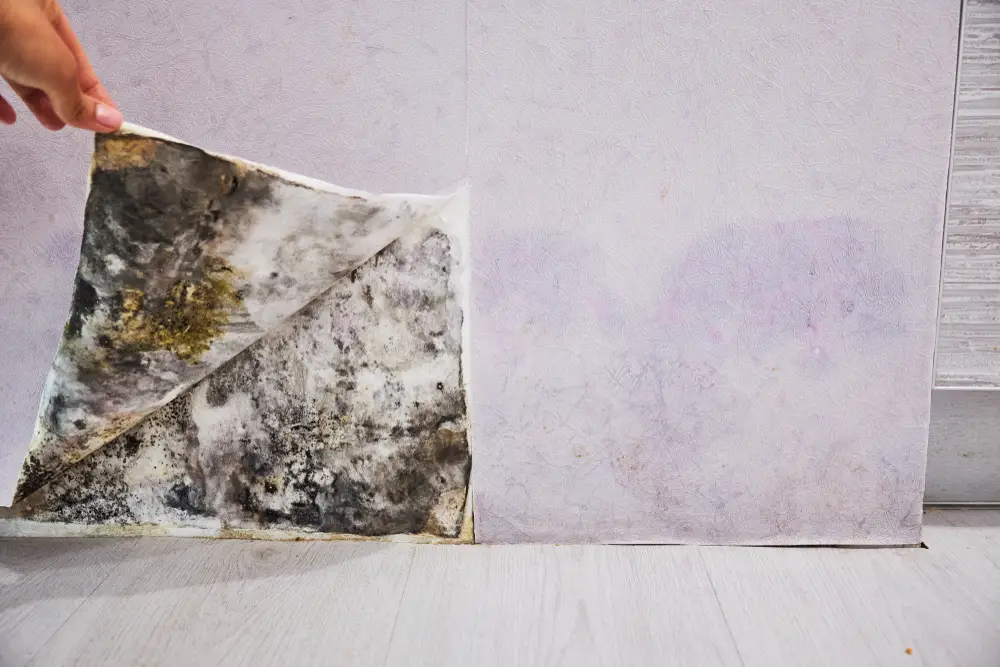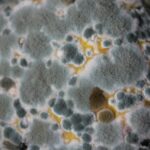Mold is a common household problem that can thrive in various environments, including damp basements. While it is generally recognized that mold in the basement can have negative consequences for the lower levels of a home, there is a question as to whether mold in the basement can affect areas upstairs. In this essay, we will explore the potential for mold in the basement to impact the upper levels of a home, the factors that contribute to this issue, and the steps homeowners can take to mitigate the risks.
Mold Spores and Air Circulation
Mold spreads through the release of tiny, lightweight spores into the air. These spores can become airborne and travel throughout a home, carried by air currents. One of the key factors influencing whether mold in the basement can affect upstairs areas is the circulation of air within the house.
Airflow Pathways
Homes are designed with ventilation systems and pathways for air to move from one area to another. This circulation can carry mold spores from the basement to other parts of the house, including upstairs.
Forced-Air Systems
Homes equipped with forced-air heating and cooling systems can exacerbate the spread of mold spores. These systems can circulate air, including mold spores, throughout the entire house.
Stack Effect
The stack effect is a phenomenon where warm air rises and creates negative pressure in the lower levels of the home. This negative pressure can draw in air from the basement, potentially carrying mold spores with it.
Humidity and Moisture Levels
Basements are particularly susceptible to moisture and high humidity, creating an ideal environment for mold growth. When mold colonies thrive in the basement, they release spores that can exacerbate the problem elsewhere in the house.
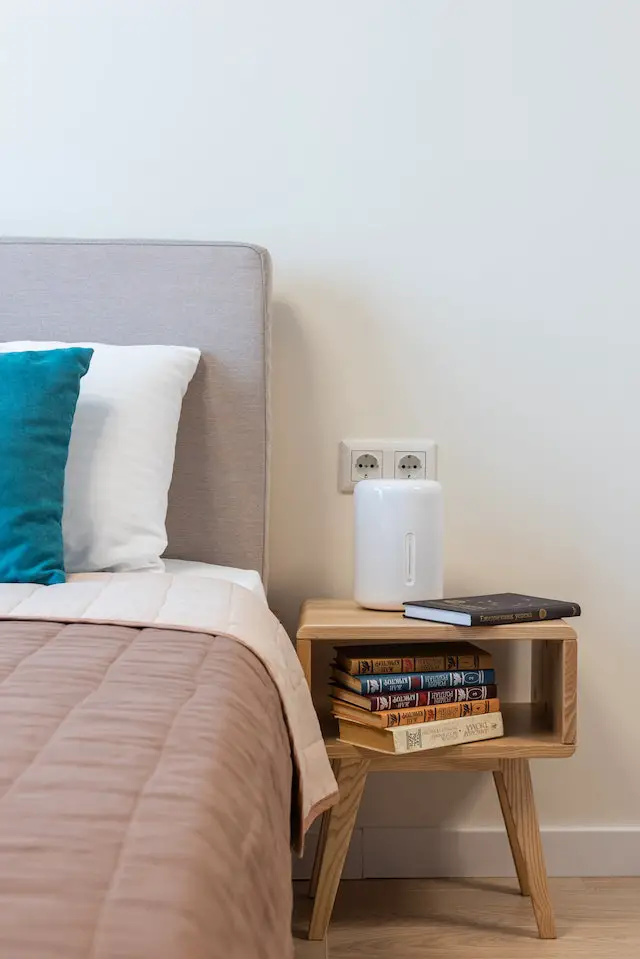
Humidity Control
Elevated humidity levels in the basement can contribute to mold growth. If not properly controlled, this excess moisture can travel upward through the house, affecting upper levels.
Leakage and Seepage
Water leaks or seepage into the basement can not only create a breeding ground for mold but also allow moisture to permeate the building materials, potentially reaching the upper floors.
Health and Indoor Air Quality
Mold spores can have adverse effects on indoor air quality and the health of occupants. When mold contamination is present in the basement, it can lead to health issues that extend beyond the lower levels of the house.
Respiratory Problems
Mold spores are known allergens and irritants. Individuals who are sensitive to mold may experience respiratory problems when exposed to mold-contaminated air, regardless of their location in the house.
Systemic Health Effects
Some individuals may experience systemic health effects due to mold exposure. These health issues can manifest regardless of whether they are in the basement or upstairs.
Mitigation and Prevention

To mitigate the potential impact of mold in the basement on upstairs areas, homeowners can take proactive steps:
Moisture Control
Address any moisture issues in the basement promptly. Install dehumidifiers, improve ventilation, and fix leaks to reduce humidity levels.
Regular Inspection
Conduct regular inspections of the basement for signs of mold growth. If mold is detected, address it promptly to prevent further spread.
Ventilation
Ensure proper ventilation in the basement to minimize the circulation of mold spores throughout the house.
Professional Remediation
If mold contamination is extensive or if occupants are experiencing health issues, consider professional mold remediation services to safely remove the mold.
Conclusion
Mold in the basement can indeed affect upstairs areas in a home, primarily through the circulation of mold spores, elevated humidity levels, and health-related concerns. Homeowners should be proactive in managing moisture, conducting regular inspections, and improving ventilation to minimize the risks associated with mold contamination. By taking these steps, homeowners can help ensure a healthier and mold-free living environment throughout their homes.

